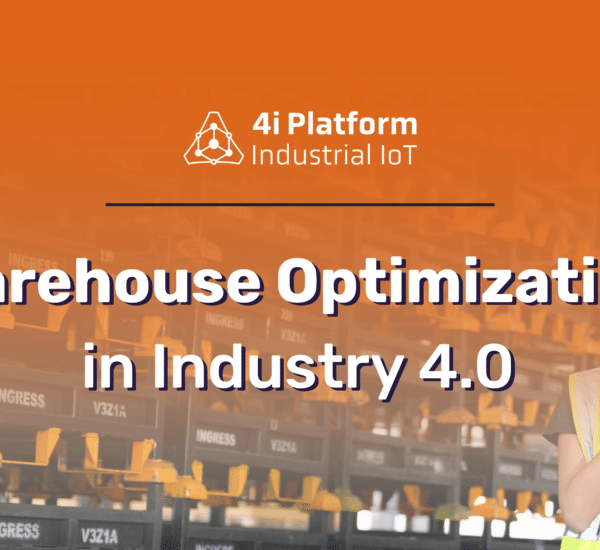We are seeing a variety of innovative IoT implementations. The Digital Transformation Revolution is well under way. Even though most of our infrastructure is already in place, there are still many parts that need to be connected.
The industry will only reach its true potential if we work together to bring IoT into physical spaces.
Let’s begin by looking at Industrial Internet of Things (IIoT) in general, and manufacturing in particular. The implementation of IIoT solutions has led to improvements in manufacturing processes, increased efficiency, and the creation of new profit centers.
This path gives us an opportunity to envision a future where automated, efficient, and dynamic manufacturing infrastructure is the norm. It will spread throughout society and radiate from there.
Much Smarter Solutions
This begs the question: What’s IIoT waiting on? Why is it that some manufacturing companies are slower to implement smarter solutions than others?
There is some hesitation about technology and interoperability. When people start to connect their part of the supply chain, we are in the initial phase of the Digital Transformation. They will eventually see the systems communicating online and we will begin to see the compounding effect.
As a handful of IoT implementations have witnessed, these effects can quickly become exponential. Industry is at an inflection point. Even though we have not yet seen the true hockey stick growth, it appears to be developing.
Connectivity With IOT implementations
Leading companies have already begun to move towards the inflection point. Connectivity is more than just connectivity. It includes all connections, at all locations, in all networks, to ensure the highest performance in challenging environments such as industrial manufacturing floors.
It is best to find a partner that will provide constant access to the right network at the right moment for mission-critical operations.
These connectivity partners play an essential role in making IoT implementations a success. They must provide ubiquitous connectivity as well as a way for users to manage all connected devices. It would be ideal if operators could have granular control of the edge.
Connectivity is only half of the battle. You could give them access to their machines, so they can manage their fleet.
It is now a trend to connect objects in the physical world with the digital. Manufacturing is just one example of this trend. Particularly in the hands-on areas of billing and inventory management, processes are becoming more digitalized. This generally means that ever-increasing number of devices require connectivity to digital and physical IoT.





